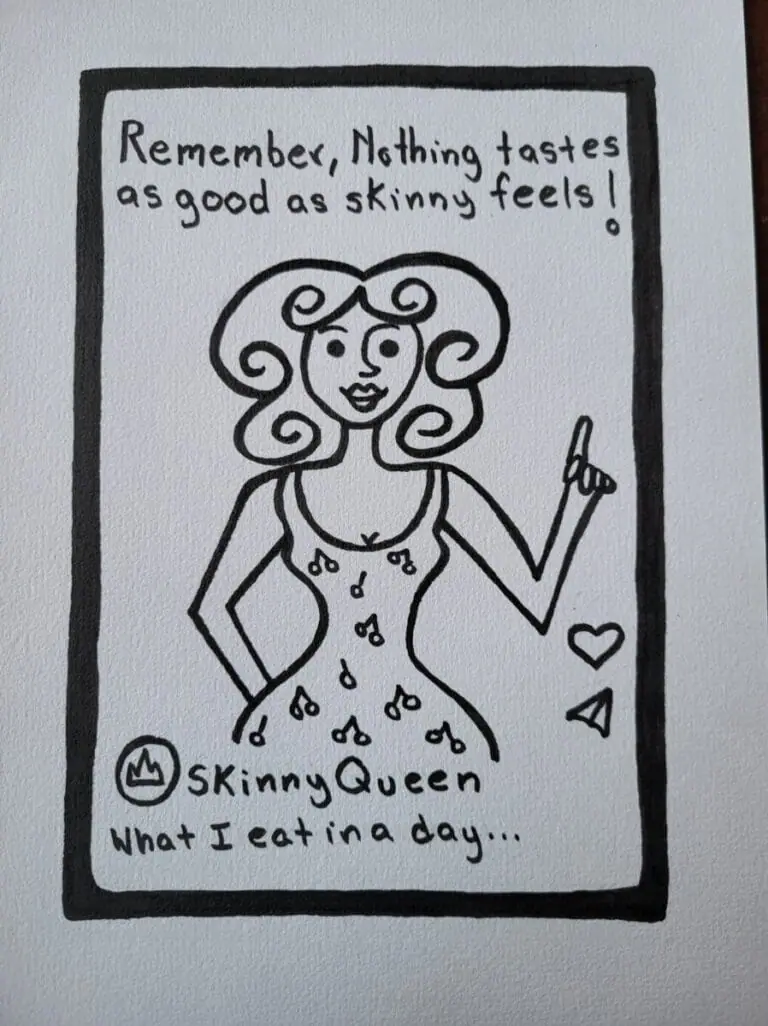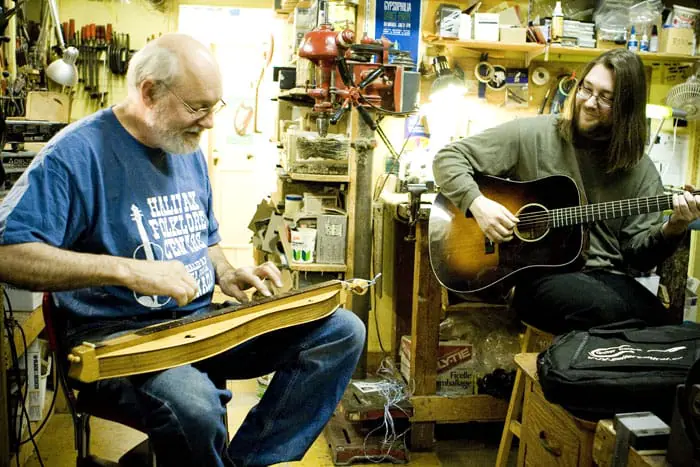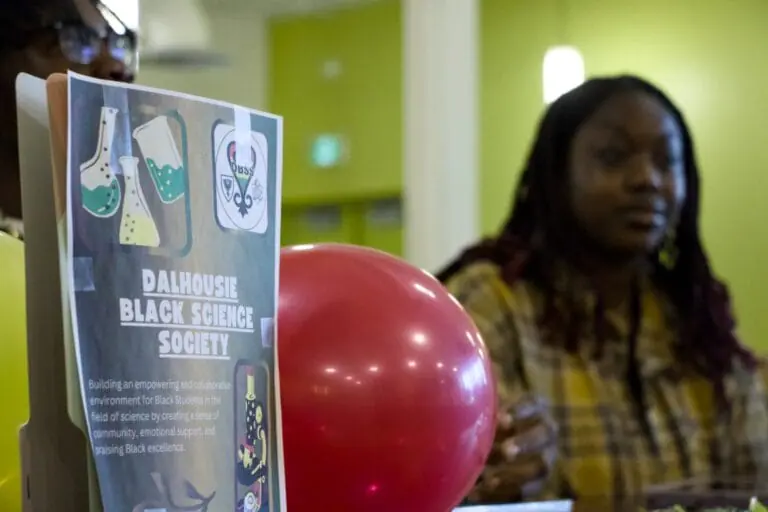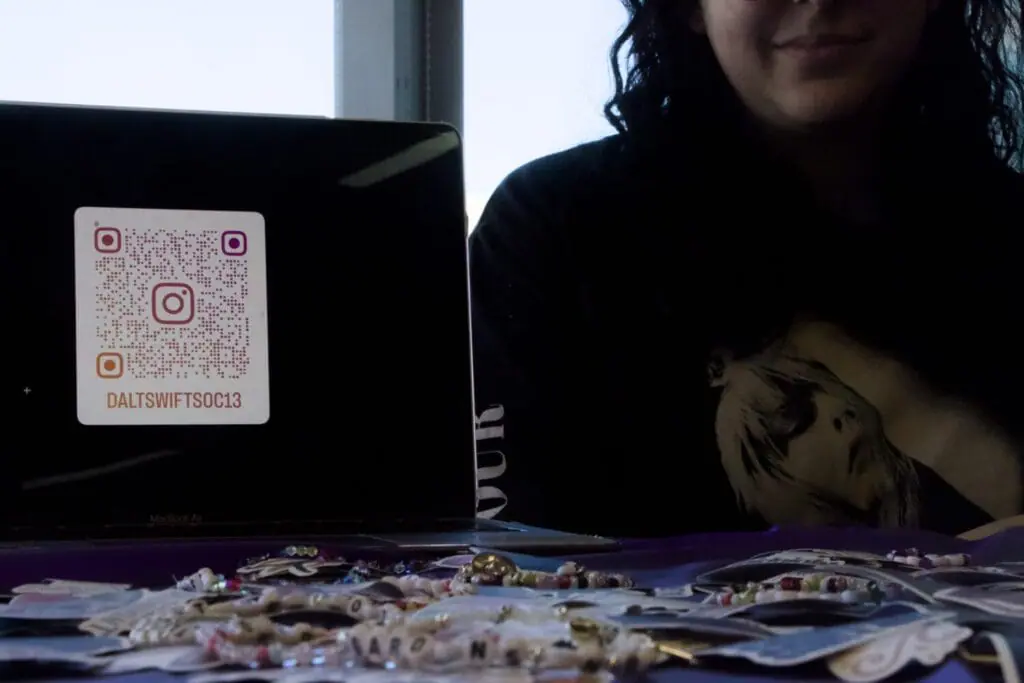“Our favourite professor is Dr. LeBlanc. We really enjoy Dr. LeBlanc’s teaching strategies because he is very engaging and he makes learning very fun.” – Sophie and Sarah, first-year Dalhousie students
“My favourite prof is probably Srini [Dr. Srinivas Sampalli], he was my data structure and algorithm prof, and he is just the greatest man to ever grace this campus, I think. He is always such a joy to listen to in class and he cares a lot about his students.” – Connor, second-year Dalhousie student
“My favourite professor is my direct supervisor Dr. Alison Thompson; she’s been very incredibly supportive and a wonderful mentor to me through all aspects of my PhD.” – Emily, third-year Dalhousie PhD student
“I have so many favourite professors. The three I can think of right now are Dr. Lexie Arnott, Dr. Georgia Klein and Dr. Tim Bardouille, who have supported me and challenged me to be the best academic I can be… I really care for them all.” – Phoebe, fifth-year Dalhousie student
“My favorite professor is Susan Barratt, I have had her before at a different university and she taught me dance and movement, and I just really like the way she teaches. Her classes are very relaxing, [with] lots of deep breathing and helping me centre. It helps me focus for the rest of my day.” – Daniela, second-year Dalhousie student
“My favourite I can think of is Dr. Andrew Schofield, he teaches genetics and also cell bio, and he creates a really fun class environment. He’s super supportive of students and really great at teaching material but also at engaging the class and having fun with his lessons. He has Friday live guests, which is super fun, and is just a really supportive and great teacher.” – Katelyn, second-year Dalhousie student
“My favourite professor was Professor Tammy Crowell from the faculty of management, she taught me financial statement analysis. I just found it to be a super interesting course. She was also just extremely helpful and very informative.” – Will, fourth-year Dalhousie student
“My favourite professor at Dal so far is Georgia Klein, she teaches SUST, and she is always just running around the college with such a great energy, and really makes our day.” – Mackenzie, fourth-year Dalhousie student
“My favourite professor is Christopher Helland, he teaches intro to soc[iology]. I just love the way he teaches he seems so passionate about what he’s talking about. My other favourite is Cydney Kane, [she teaches] intro to law. She’s the coolest and she’s awesome and I love her.” – Olatide, second-year Dalhousie student
“My favourite professor would have to be Sarah Chisholm, first-year calc math teacher. I love her, she taught with passion. She actually loved her students and cared about us. Cydney Kane is tied for first place because she makes me happy to be in class, like I want to be here because she’s teaching. So shoutout my two girlies” – Amanda, second-year Dalhousie student
“My favourite professors are Cydney Kane and Isaac Saney, because they just bring so much comfort into the classroom, and they make you feel at home while teaching.” – Brya, second-year Dalhousie student













